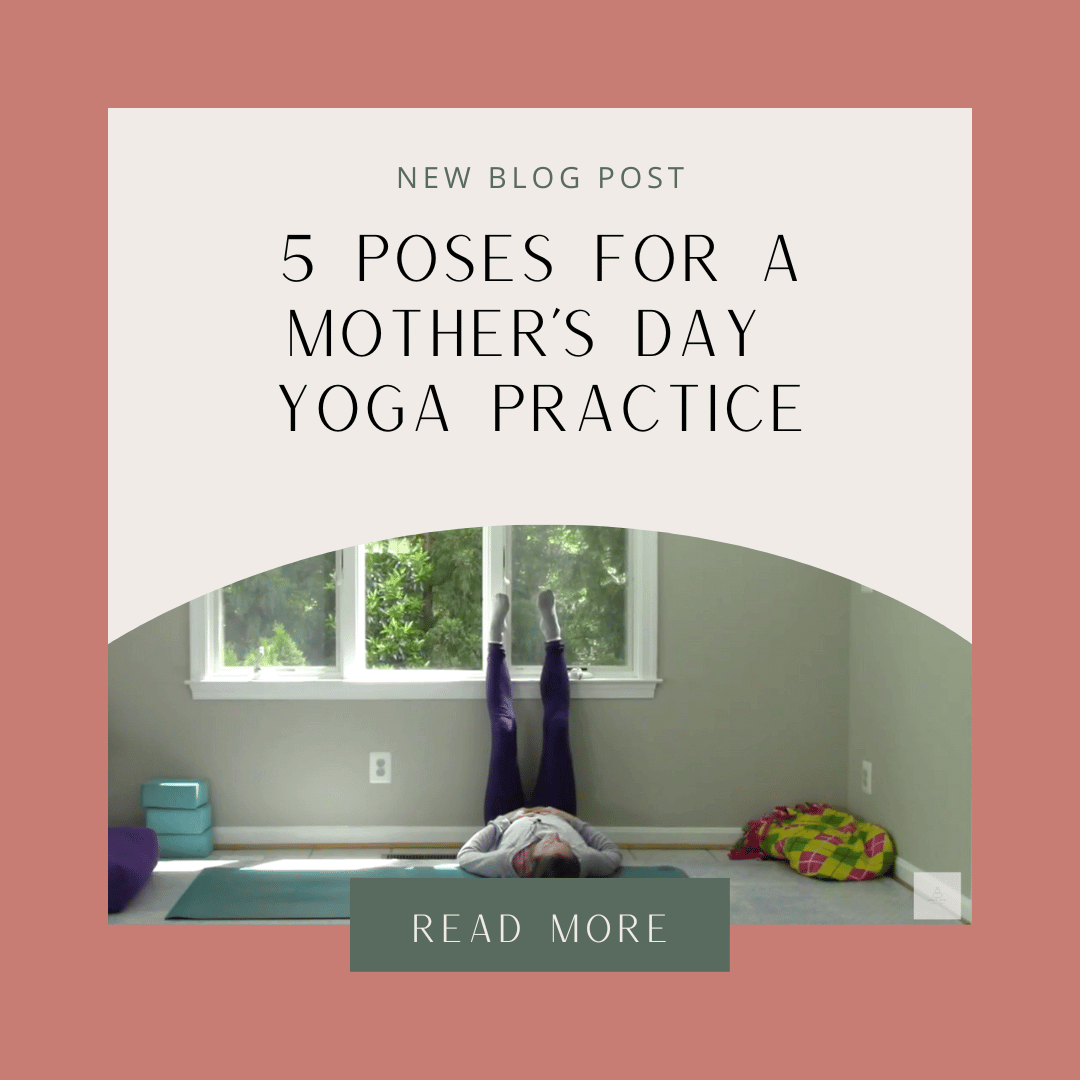Ooooooooooooooooooommmmmmmmmm.
You love it, hate it, or aren’t sure how you feel about it.
At the studio where I did my first teacher training, omming was optional. In fact, it was kind of not encouraged because it makes yoga seem inaccessible — too spiritual and weird.
People can really feel uncomfortable omming in front of other people. What if you do it wrong or sound funny!? And what are you really saying anyway? Is Om a prayer to some yoga god?
No.
In the spirit of making Om more accessible and yoga less mystifying, let me share with you some stories and teachings on Om and my own personal journey with it.
How to Om
In case you don’t care about the stories and the philosophy and all the more esoteric stuff, let me start with addressing how to Om.
There are infinite ways you can Om when it comes to tone, pitch, etc., but a true Om is pronounced in a very specific way. Although most of us in the West see, hear, and read Om, it’s really Aum.
That’s AH
OH
MMM
This is significant because these syllables utilize the entire palette of the mouth.
When you say AHHHHHH, like you’re opening your mouth for the doctor to check your throat, the vibration lives in the very back of your throat.
As you transition to OHHHHHHHHHHOOOOOOOOO, the vibration moves up to the middle of your throat.
While you transition from OHHHH, to MMMM, the vibration moves from the middle to the very front of the roof of your mouth and you get that tingly sensation in your lips.
Thus, you started the sound at the back of the throat and moved all the way up to the front of the mouth utilizing your entire palette and vocal vibratory range. One of the reasons Sanskrit is such an incredible language is because it’s alphabet uses the entire range of the palette, something that many languages lack today.
Omming then becomes an exercise for your voice, mouth, and speech. Yoga for your vocal cords!
On an energetic level, when you leave the space of the mouth and throat and look for the vibrations of these syllables in other parts of your body, AHHHH is a deep vibration in the belly, OHHHH moves up into the chest, and MMMM is present in the third eye in between your eyebrows. Thus, you also move energy up the spine and the chakra system when you Om. Om becomes a practice for energetic clearing and attunement.
Where did Om come from?
In the past few years there has been quite a lot of controversy about some sounds that NASA recorded from space that sounded eerily like OM. Some people tried to claim that these sounds from space were proof that Om is in fact the primordial sound.
While NASA never actually claimed the sounds were like Om, you can listen to space sounds here and decide for yourself. I may be biased, but I definitely heard the Om.
Regardless, yogic texts offer more insight into the significance of Om.
In the Mandukya Upanishad, one of the original yogic texts, Aum is
“a symbol for what was, what is, and what shall be. Aum represents also what lies beyond past, present, and future.”
The Upanishad goes on further to describe 4 different states of consciousness.
The first state of consciousness lives in the external world and is represented by the A in Aum.
The second state of consciousness lives in the dream world and explores a more internal landscape and is represented by the U in Aum.
The third state of consciousness lives in the world of deep sleep beyond dreams and is represented by the M in Aum.
The fourth state of consciousness is beyond our senses and mind, characterized as “infinite peace and love” or “god-consciousness” and is represented by the silence after Aum, where the residue of vibration hangs on in space.
This is why it’s nice to leave a little space and silence after you Om before moving on to the next posture or word.
More Om mythology
So that was the heavy, super interesting (maybe) philosophy stuff. Now for the fun story.
In Alanna Kaivalya’s Myths of the Asanas, she goes into detail about the Om myth.
As Om is considered the primordial sound, it’s place in Hindu mythology is in creationism.
According to this story the God Vishnu was hanging out in his universal soup (think of an ocean in which the water is actually the entire universe and this guy Vishnu is just floating along lounging away his day), when all of a sudden a lotus flower sprung from his belly button.
When the flower bloomed, out popped the 4 faces of Brahma, considered the God of Creation. Now imagine a 4-faced creature, with each face pointing in one direction – north, south, east, west.
From each mouth came a sound Ahhh, Uoooooooo, Mmmmm, and silence. The vibration of the sounds as they melted together caused the universe-ocean to start churning and out popped the world as we know it today – well, I mean, not exactly as how it is today, but you get the gist.
And so it is that Aum represents the past, the present, the future, and beyond.
Aum represents the cycle of life – creation, sustenance, destruction.
Aum asks us to speak and to listen, to act and to integrate.
Pretty powerful stuff!
The Om Challenge
I recently became inspired to do my own 30-day Om challenge. Every day, for 30 days, I’m going to make a conscious effort to Om. I invite you to join me!
You don’t have to be in class to Om. You can Om in the kitchen, in the shower, in the car, where you are safe and no one can hear you but yourself. Heck, you can even Om in your head, but I suggest you really do take some time to make some audible noise. The vibration of sound is incredibly healing.
Pay particular attention to the silence after you Om and see how your body, mind, and soul integrates the vibration.
Listen for the sound of Om in everything around you. I hear Om when my refrigerator starts buzzing and making annoying noises, when the lawn service people start working next door and when cars drive by on the Beltway.
Om is everywhere, we just have to attune to it. In other words, we can choose to hear Om anywhere we go and when we do, we choose possibility!
Hopefully this information gives you more meaning to your Om and helps you understand that you are not praying to any one particular God but you are recognizing your external world, your internal world, your soul, and your divinity. You can make that as God-oriented and spiritual as you want it to be and it can be directed toward any God you choose to believe in or not.
Namaste 🙂
P.S. – If you enjoyed learning about the mythology behind OM, you’ll love diving into yogic living. Download the Essential Elements to Living Your Inspired Life here.





